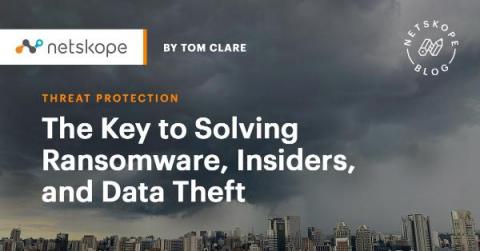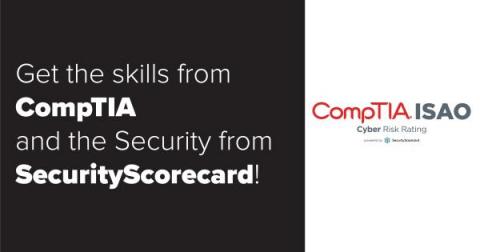Detecting IcedID... Could It Be A Trickbot Copycat?
IcedID is a banking trojan, it is designed to be stealthy and built to collect financial information. IcedID harvests user credentials and banking sessions to commit financial crimes, including carding, money laundering, and transferring of funds to foreign financial institutions. In recent research published by Splunk Threat Research Team (STRT) the inclusion of cryptocurrency exchange information was also included by Trickbot in the web inject code.








